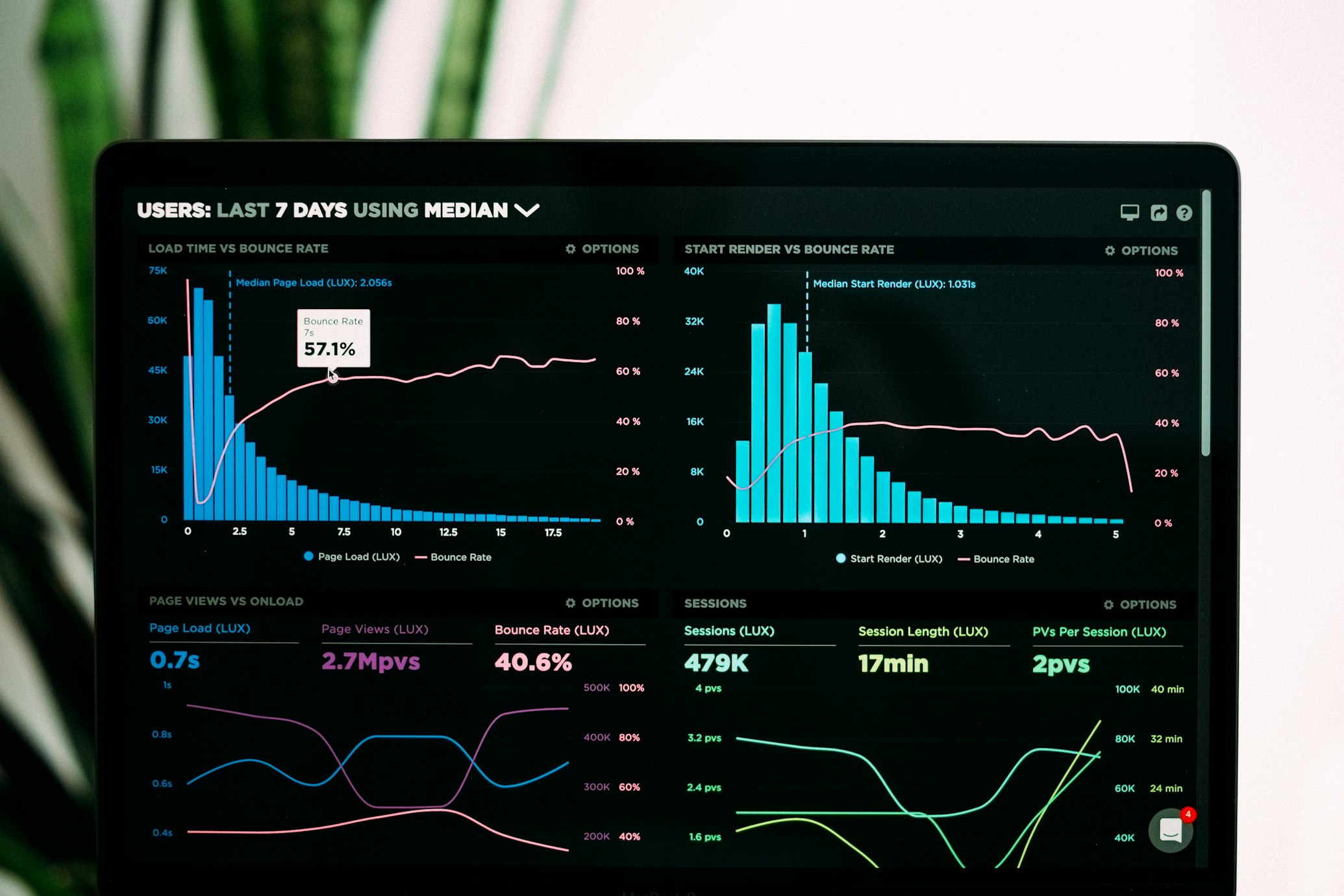Advanced Linear Regression Calculator - Statistical Analysis Tool
Perform comprehensive statistical analysis with our advanced Linear Regression Calculator. Perfect for data scientists, researchers, and students working with predictive modeling and trend analysis.
Enter one data point per line in X,Y format
Results
Enter data and click calculate to see results
AI-Powered Statistical Analysis
Get instant insights and explanations with our free AI assistant
Ask our AI about your analysis results
Sample AI Insight:
"Your analysis shows a strong positive relationship with R² = 0.96. For every 1 unit increase in X, Y increases by approximately 2 units."
Analysis Visualization
Interactive scatter plot showing your data points and the calculated regression line
Statistical Results
Comprehensive analysis of your regression model
Slope (m)
-
Intercept (b)
-
R-squared
-
Prediction
-

Understanding Linear Regression
Linear regression is a fundamental statistical technique used to model relationships between variables and make predictions based on observed data patterns.
How to Use the Statistical Calculator
- Enter Data Points: Input your X,Y data pairs in the text area, one pair per line.
- Specify Prediction Value: Enter the X value for which you want to predict Y.
- Set Confidence Level: Choose your desired confidence interval (90%, 95%, or 99%).
- Click Calculate: Our tool will compute the regression line and statistics instantly.
- Analyze Results: Review the regression equation, R-squared value, and prediction.
- Visualize Data: Examine the scatter plot with regression line and confidence intervals.
What is Linear Regression?
Linear regression is a fundamental statistical method used to model the relationship between a dependent variable and one or more independent variables. This powerful analytical technique helps identify trends and make predictions based on observed data patterns. Statistical analysis is widely used across various fields including economics, biology, engineering, and social sciences.
The core concept behind this method involves finding the straight line that best fits a set of data points. This best-fit line minimizes the sum of squared differences between observed values and predicted values. The analysis provides valuable insights into how changes in the independent variable affect the dependent variable.
In practical applications, statistical modeling helps businesses forecast sales, researchers analyze experimental data, and economists predict economic trends. The versatility of regression analysis makes it one of the most commonly used statistical methods in data analysis and machine learning.
Related Calculators
Check out our other statistical calculators: Correlation Coefficient Calculator, Z-Score Calculator
For more in-depth information about regression analysis, visit the authoritative resource: Khan Academy Statistical Analysis
Statistical Formula
y = mx + b
Where:
- y is the dependent variable
- x is the independent variable
- m is the slope of the line
- b is the y-intercept
m = Σ[(xᵢ - x̄)(yᵢ - ȳ)] / Σ(xᵢ - x̄)²
b = ȳ - m * x̄
Example Calculation
For data points: (1,2), (2,4), (3,6), (4,8), (5,10)
m = 2.0
b = 0.0
y = 2.0x + 0.0
This perfect linear relationship shows for every 1 unit increase in X, Y increases by exactly 2 units with R² = 1.0.
Prediction Example
For x = 6: y = 2.0 × 6 + 0.0 = 12.0
Frequently Asked Questions
What does R-squared value mean?
R-squared (R²) represents the proportion of variance in the dependent variable that's explained by the independent variable. Values range from 0 to 1, with higher values indicating better model fit.
When should I use this statistical method?
Use this statistical method when you have continuous data and want to understand or predict the relationship between two variables. It's ideal for identifying trends and making forecasts based on historical data.
What's the difference between correlation and regression?
Correlation measures the strength and direction of relationship between variables, while regression models the relationship to make predictions. Regression provides both the equation and predictive capability.
How accurate are statistical predictions?
Prediction accuracy depends on data quality, linearity of relationship, and R-squared value. Higher R-squared values and more data points generally lead to more accurate predictions.